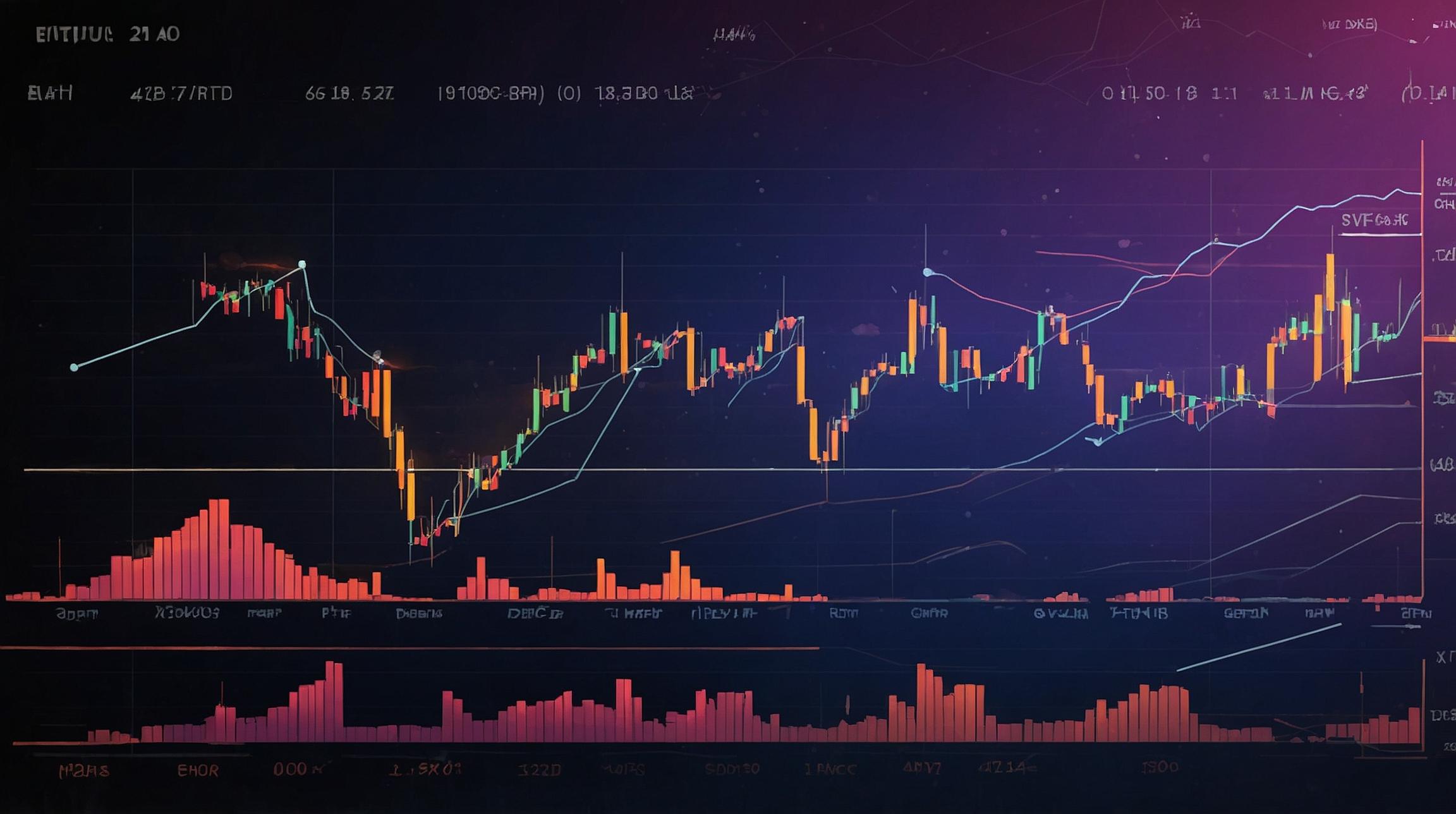Ethereum's Exchange Reserve Surge
In a fascinating turn of events, Ethereum's exchange reserve has seen a significant increase of 163,000 ETH over the past five days. But what exactly does this mean for Ethereum's price and its position in the cryptocurrency markets? When we talk about exchange reserve, we're referring to the total amount of a cryptocurrency held on exchanges. An increased reserve generally suggests higher potential selling pressure as more ETH is held on exchanges, ready for sale.
Impact on Ethereum Price
This uptick in Ethereum's exchange reserve, valued at about $407.5 million, indicates potential short-term selling pressure. Although Ethereum (ETH) saw a drop of over 2% recently, it's crucial to analyze the broader picture before making conclusions about its long-term trajectory.
New Holders on the Rise
Despite the recent price lag, Ethereum has added 4 million new holders in the past three months. According to Santiment data, the total number of ETH holders is now approaching 127 million. This influx of new market participants could hint at a belief in Ethereum's long-term value, as these investors may be anticipating a future price increase.
Whale Activity and Market Dynamics
Interestingly, while the number of holders is growing, whale activity—transactions by large holders—has decreased. This decline in whale transactions from 115,000 in March to 31,800 in late August suggests reduced market volatility recently.
Current Price Movements
Ethereum is currently trading around $2,450, down by 2.5%. Price action has been limited by several Simple Moving Averages (SMA), creating resistance. ETH currently navigates a key price range with support at $2,400 and resistance at $2,817. A breakthrough at these levels will likely dictate the next major move.
Technical Analysis Indicators
Tools like the Relative Strength Index (RSI) and Stochastic Oscillator (Stoch) offer insights into market sentiment, with both indicating a short-term bearish outlook.
Ethereum's Blockchain and Smart Contracts
Ethereum is revered for its decentralized blockchain, facilitating complex smart contracts. These contracts are programs running on the blockchain, allowing transactions without intermediaries. Ethereum's blockchain is also pivotal for decentralized applications (dApps), making it a primary choice for developers.
The Significance of The Merge
Ethereum's transition to Proof-of-Stake (PoS), known as "The Merge," marked a pivotal evolution for the network. This switch from Proof-of-Work (PoW) significantly reduced energy consumption and enhanced security. PoS also invites a wider range of participants to stake their ETH, contributing to network security and earning passive income.
Ethereum's journey exemplifies the dynamic nature of blockchain technology and the cryptocurrency ecosystem, offering numerous opportunities and challenges for investors and developers.













